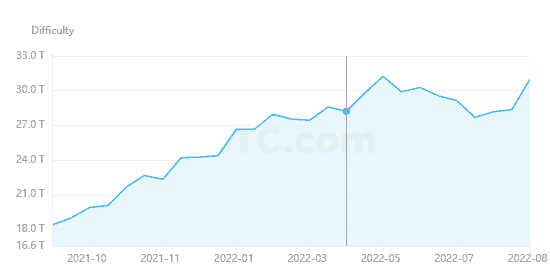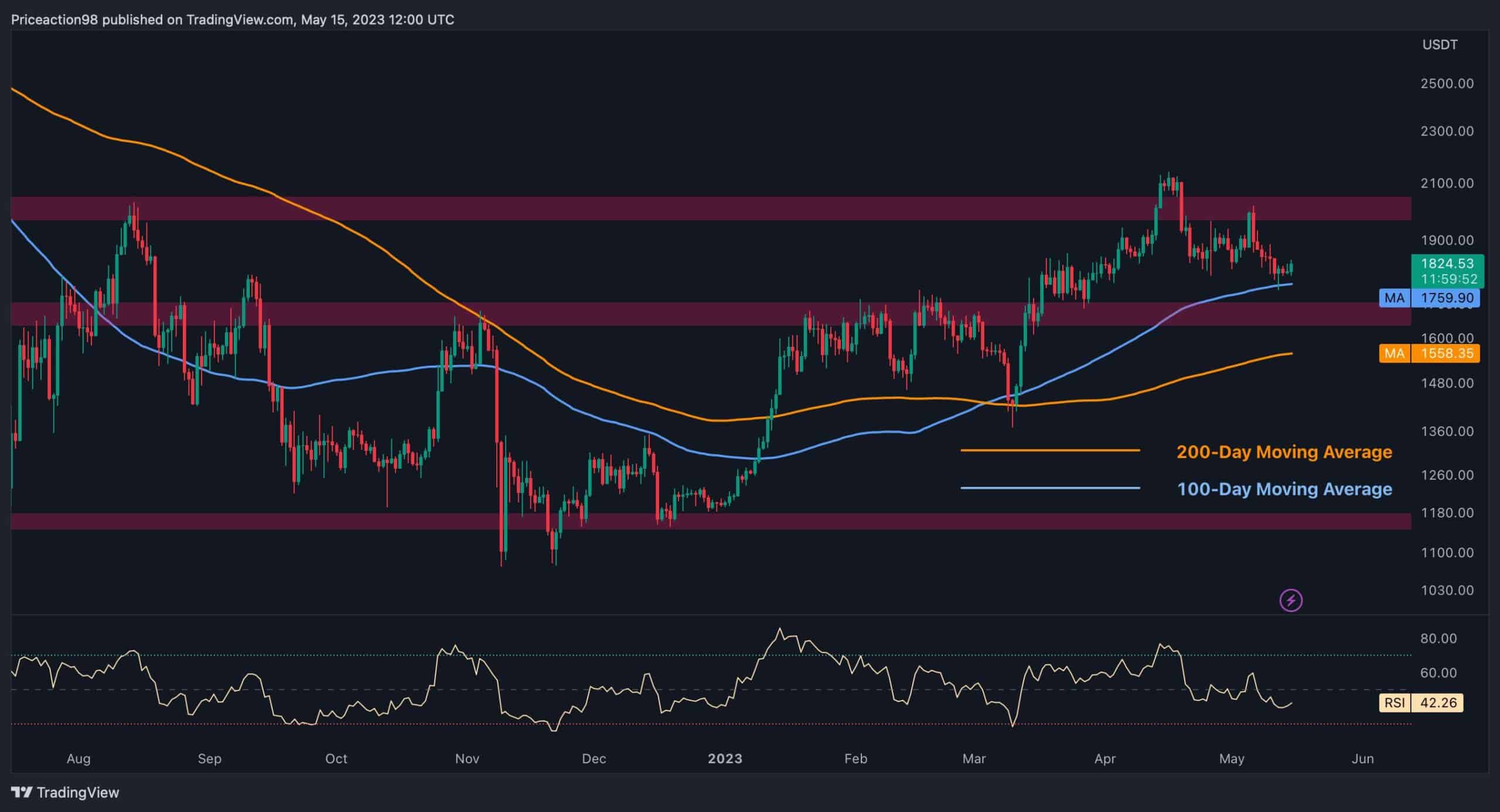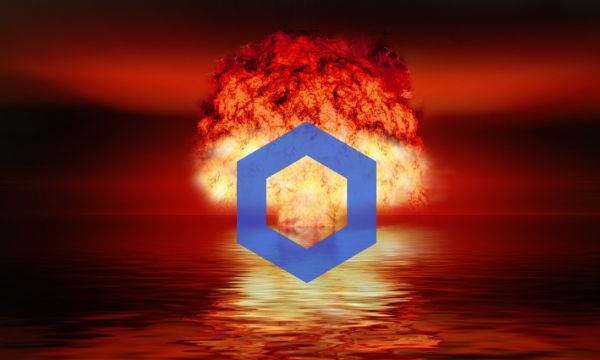Bitcoin Mining Difficulty Sees Largest Increase Since January
Bitcoin’s hash rate is recovering fast – and it has the mining difficulty to prove it.
The network’s latest difficulty adjustment rose the mathematical bar for mining a block by 9.26% – the largest increase since January. That’s the third adjustment in a row during which network difficulty has risen, despite a bear market that inflicted serious pain on the mining industry.
Bitcoin Remains Secure
According to data from BTC.com, Bitcoin’s difficulty recovered to 30.98 trillion as of Wednesday, up from 28.35 trillion on August 18.
The site provides historical data on Bitcoin’s mining difficulty since the network went live, alongside estimates of what the next difficulty adjustment will entail. The latest increase surpassed earlier expectations of a 7% rise and was narrowly shy of being the largest increase this year (9.26% on January 21st).
Estimates say that Bitcoin will experience a fourth, more modest difficulty increase to 31.16 trillion in about 13 days. For context, Bitcoin’s highest difficulty ever was reached on May 10th at 31.25 trillion.

Hash Rate, and the Bear Market
Bitcoin’s difficulty is a measure of how computationally difficult it is for Bitcoin miners to mine Bitcoin’s next block. Miners use specialized machines called ASICs to rapidly produce hashes that are needed to create a block that’s valid.
The total number of hashes being produced across the network each second is known as the “hash rate”. As hash rate increases, the average Bitcoin block is mined faster than normal.
To compensate for this, Bitcoin’s mining difficulty adjusts every 2016 blocks (approximately every two weeks), to adapt to the rise and fall of the hash rate, ensuring that the average block is produced once every 10 minutes. As such, Bitcoin’s mining difficulty tends to follow its hash rate.
Hash rate has been turbulent since May, during which the Terra fallout and macroeconomic pressures pushed Bitcoin’s price down to the lowest point since late 2020. When Bitcoin’s price falls, so does the value of the coins that miners produce.
Since June, hash rate retraced from an all-time high of 253 EH/s to only 170 EH/s at the beginning of August. Miners were forced to sell massive portions of their Bitcoin positions to cover their costs in the meantime.
However, the trend appears to be reversing somewhat, with hash rate back up to 224 EH/s as of August 29th, according to Blockchain.com.
The post Bitcoin Mining Difficulty Sees Largest Increase Since January appeared first on CryptoPotato.









